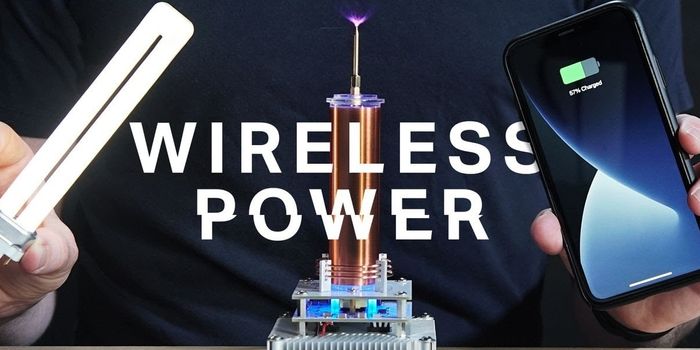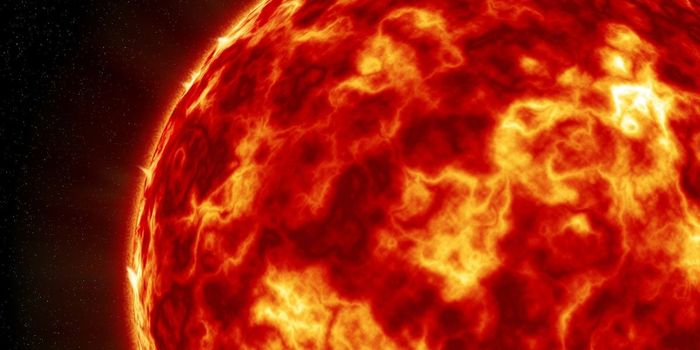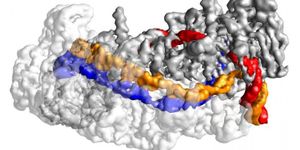As a society, we often believe that higher cost equals higher quality. But when it comes to the gas you pump into your car, is this notion logical or are people just wasting their money on premium gas?
At the pump, you'd recognize premium gas by the 15-30 cent higher price tag per gallon, and also by the number "92" or "93," as opposed to the cheaper "87." These numbers are the octane rating, and refer to the composition of hydrocarbons in the gasoline. For example, 87-octane gas may have 87 percent isooctane and 13 percent n-heptane, or similar. In simple terms, the higher this number, the more combustible the fuel, which causes the motor to run hotter and faster. Race cars, for reference, uses 100-octane fuels.
But, there's a caveat that some people don't know about: the engine has to match the fuel specifications in order to take advantage of a premium fuel's qualities. And most average cars (read: nothing luxury class) aren't designed to take premium gas. In fact, the AAA automobile club reported that Americans waste over $2 billion dollars in 2016 by unnecessarily paying for premium at the pump. It is truly money wasted since the premium gas would do nothing to enhance a car's performance or longevity.
Even the Federal Trade Commission noted that, "In most cases, using a higher-octane gasoline than your owner's manual recommends offers absolutely no benefit. It won't make your car perform better, go faster, get better mileage or run cleaner."
So give your car manual a glance, and if it doesn't require premium gas, just go for regular next time at the pump.








